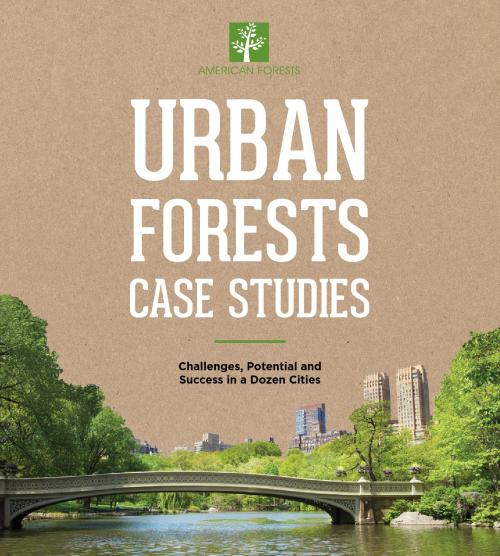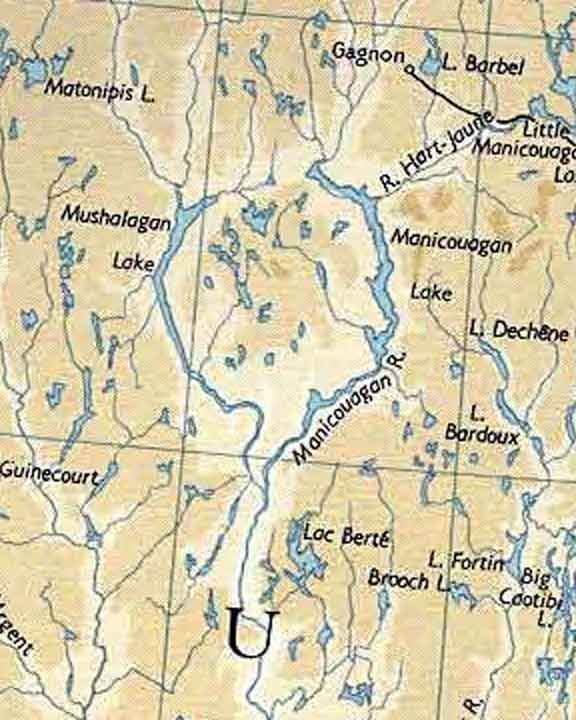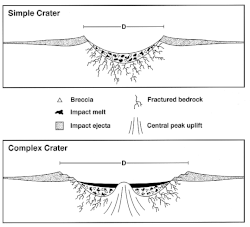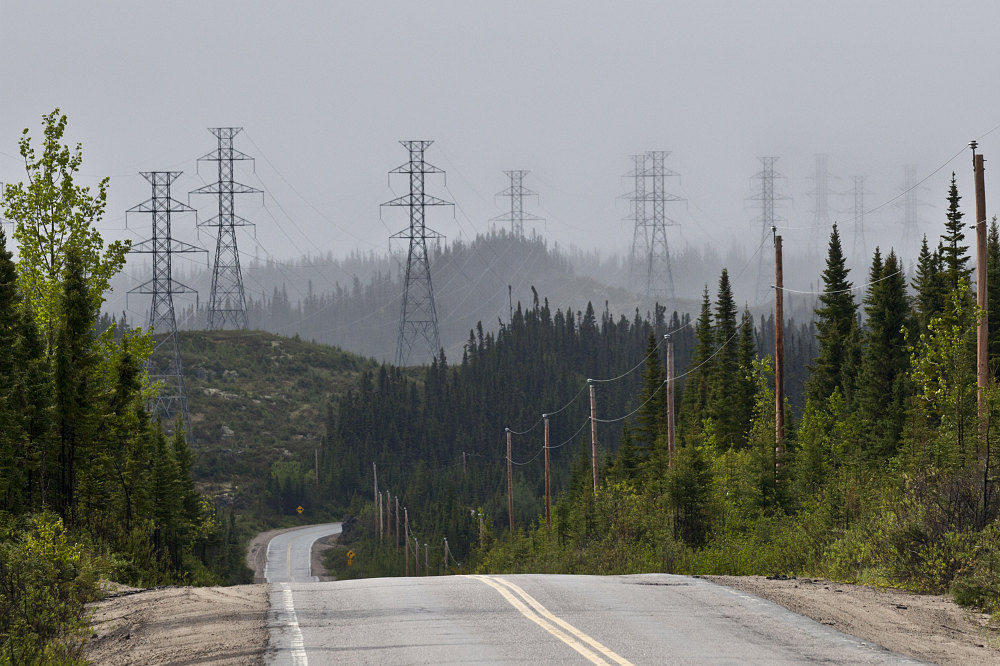We are excited to announce that on Saturday February 22 at 2:30 Emily McCoy, Kofi Boone and Ben Monette will be presenting on the topic: Integrating Natural Processes into the City Fabric of the Global American South at the Cities, Rivers, and Cultures of Change: Rethinking and Restoring the Environments of the Global American South Conference. The conference is presented by UNC Center for Global Initiatives on Friday, February 21, 2014 at 2:00 PM - Saturday, February 22, 2014 at 6:00 PM (EST), in Chapel Hill, NC. Emily, Ben, and Kofi will be presenting in the Nelson Mandela Auditorium on UNC Chapel Hill's campus.
You can register here:
https://www.eventbrite.com/e/cities-rivers-and-cultures-of-change-rethinking-and-restoring-the-environments-of-the-global-registration-10017912847
Below is an abstract of their presentation...we hope to see you all there!
"Urban
growth structures and patterns in the Global South are influenced by
any number of interconnected macro and micro pressures, functions, and
changes. While a vast swath of the southeast, and to some extent the
southwest, continue to undergo rapid growth, a subset of cities in the
northeast (primarily the rustbelt cities) have experienced, and continue
to experience, a significant decline in population.
In
many rust-belt cities, vacant and abandoned structures, polluted post
industrial sites, decaying above ground infrastructure, shrinking tax
bases, and a combined water and sewer system contribute to a cycle of
urban atrophy. These cities are engaged in a life and death struggle
where urban planners, legislators, business owners, and citizens fight
for the survival their communities. To that end, there are creative,
adaptive solutions that build on existing strengths and look to leverage
government mandates for positive growth.
Among
these strategies is a move towards green infrastructure. In an
adaptation of the EPA’s definition, green infrastructure can be
described as a storm water management
approach that uses vegetation, soils, and natural or engineered
processes to manage water and create healthier urban environments4.
Research
is currently underway to test, in particular, the engineered systems so
that we can build a greener city in a quantifiable and rational
manner. By taking a holistic approach to post occupancy evaluation of
green infrastructure sites in cities like Philadelphia PA, we can begin
to examine efficacy of both the physical as well as the social
performance of these places. The interplay of functional systems with
social use is the true bellwether for how we determine success or
failure.
The
thin line between these designations when viewed from a visitor,
citizen, or neighbor’s perspective can shift and perhaps fray under the
weight of social equity and economic reality. Even if we can dream a
plan to life, and get it to function according to design, we continually
ask ourselves: are we ignoring the fair treatment of all citizens?
Does everyone enjoy equal access to open space, protection from health
hazards? Is every citizen, regardless of race, ethnicity, or income
level able to participate in decision making processes?
These
questions of environmental justice provide the final thread to the
urban growth dynamic. Its impacts are relevant across scales of
humankind and are the meter with which we must test our planning and design efforts if our goal is to
construct a healthier and more diverse future. Looking across these scales and into the “interstices of cities”1
to provide meaningful canvasses for ecosystem services and stages for
cultural narratives, we present conceptual, in-progress, and built case
studies that marry natural resource management with community building
efforts. These studies not only assist communities in-need, but provide
opportunity for a place to “adapt to what already existed.”2
What
is clear from these studies is that enacting strategies to improve
urban life can no longer be encapsulated into one discipline’s goals,
one realm of implementation, one type of people, or viewed from one
scale3. The leveraging of opportunities in an effort to
facilitate sustainable development within the urban form, design and
planning strategies must involve the equal pursuance of social,
economical and environmental viability with thoughtful attention to
qualitative detail."
WORKS CITED
1 Leslie Jones Sauer. The Once and Future Forest: A Guide to Forest Restoration Strategies. (Washington, DC: Island Press, 1998).
2 Rem Koolhaus. “Toward the Contemporary City”. Theorizing a New Agenda for Architecture. (New York, NY Princeton Architectural Press, 1996)
3 Anne Whiston Spirn, “Restoring Mill Creek: Landscape Literacy, Environmental Justice and City Planning and Design, Landscape Research, v.30 no.5, 393‐413, July 2005
































